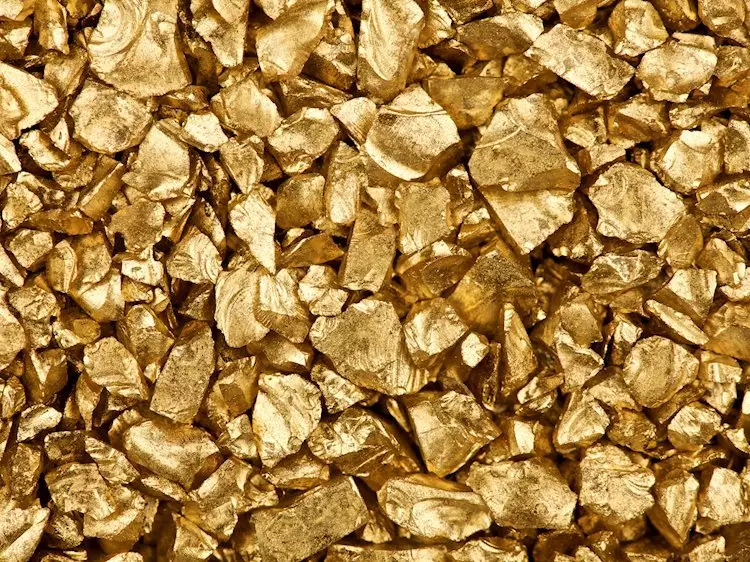On a recent Thursday, gold prices in India exhibited remarkable stability, as reported by market analysts at FXStreet. The price of gold was quoted at approximately 7,408.53 Indian Rupees (INR) per gram, showing minor fluctuations in comparison to the previous day’s valuation of 7,414.59 INR. Similarly, the price per tola stood at 86,411.06 INR, just a slight decrease from 86,481.71 INR the day prior. Such subtle variations illustrate the generally stable nature of the gold market in India, which continues to adapt alongside international market dynamics.
These prices represent a reflection of global gold rates recalibrated to the Indian context, specifically adjusting for factors such as the USD/INR exchange rate. However, these figures should be treated as general references since local variations can occur, influenced by different regional supply and demand factors.
Gold has maintained its significance throughout human history, serving not only as a valuable store of wealth but also as a recognized medium of exchange across various cultures. Today, its intrinsic qualities—such as luster and malleability—make it particularly desirable for jewelry. Beyond its aesthetic applications, gold is increasingly viewed as a safe haven for investors. This perception is especially pronounced during periods of economic uncertainty, where gold serves as a vital buffer against inflationary pressures and currency devaluation.
Investors turn to gold because it is not tied to any singular government or issuer, which enhances its appeal in times of geopolitical instability. As such, central banks are voracious accumulators of gold, integrating it into national reserves to reinforce currency stability. The World Gold Council highlights that, in 2022, central banks across the globe collectively added a historic 1,136 tonnes of gold—valued at approximately $70 billion—to their reserves, solidifying gold’s stature as a cornerstone for economic resilience.
Emerging economies such as China, India, and Turkey are rapidly expanding their gold reserves, responding to global economic turbulence by seeking the security of this precious metal. Such actions are not merely defensive but also strategic—central banks recognize the role of gold in enhancing the perceived economic health of a nation. High gold reserves can lend credibility to a country’s solvency and foster investor confidence, particularly during tumultuous financial periods.
Notably, gold prices often exhibit an inverse relationship with the US dollar and US Treasury securities, status symbols in the safe-haven asset arena. When the dollar weakens, gold prices typically find support and tend to rise, allowing both individual investors and central banks to diversify their portfolios during uncertain periods. Conversely, a robust dollar can suppress gold valuations, demonstrating the delicate interplay between these assets.
Several factors contribute to the fluctuations in gold pricing, most prominently geopolitical events and economic forecasts. Sudden unrest or fears of recession can catalyze an uptick in gold prices due to its safe-haven appeal. Furthermore, being a non-yielding asset, gold prices generally correlate inversely with interest rates: lower interest rates tend to bolster demand for gold, while higher rates may dampen it.
Ultimately, movements in the gold market are intricately linked to the behaviors of the US dollar. The relationship is driven largely by the fact that gold is priced in dollars (XAU/USD). When the dollar appreciates, gold prices can remain subdued; however, a weakening dollar typically spurs a rise in gold prices as investors seek protection against currency depreciation.
Gold’s enduring significance in both personal investments and central banking strategies is clearly evident in today’s financial landscape. The recent stability of gold prices in India mirrors broader global trends and signals the precious metal’s consistent status as a pillar of wealth preservation. As economic challenges continue to arise, gold remains a critical asset for safeguarding investments and bolstering national economic fortitude. Emphasizing its dual role as both a valuable commodity and a hedge against uncertainty, gold remains a telling barometer for the overall health of the global economy.

